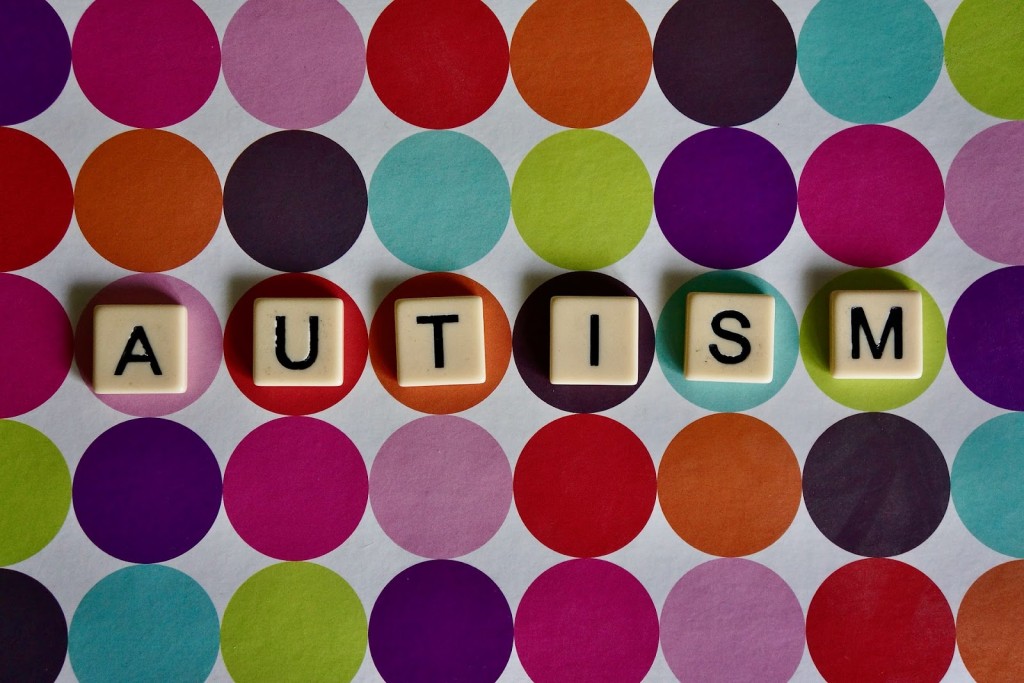
What Disabilities Qualify for a Service Dog?
Service dogs play a vital role in the community, especially in improving the lives of individuals with disabilities. And while modern technology has come a long way in terms of treatment, sometimes people with disabilities can benefit more from a service dog’s love and loyalty — something that no modern technology can provide.
According to the Americans with Disabilities Act (ADA), a disability refers to a physical or mental impairment that substantially limits one or more major life activities of an individual. The ADA also identified several lists of disabilities that would qualify for a service dog. Here are a few examples.
1. Paralysis
Paralysis is the loss of muscle function or the inability to make voluntary muscle movements. It’s usually a problem with the nervous system and its causes vary between individuals. For some people, an inborn defect (spina bifida) causes their paralysis. Others become paralyzed due to traumatic injuries (spinal cord injuries) or medical conditions that damage muscle and nerve function (stroke).
2. Blindness
Blindness could mean partial or complete loss of sight. A partially blind individual has limited vision, meaning that even with glasses, contact lenses, medicine, or surgery, they still can’t see properly. On the other hand, a completely blind individual is someone unable to see at all. Some of the common causes include:
- Ocular complications of diabetes
- Macular degeneration
- Glaucoma
- Traumatic injuries
3. Asthma
Asthma is a chronic or long-term medical condition that affects your lungs and causes problems with your breathing. It’s one of the most common chronic diseases in children, typically triggered by airborne allergens, such as pollens, dust mites, pet dander, or mold spores.
Asthmatic individuals may not have sensory or mobility limitations, but asthma attacks can lead to serious medical emergencies that may require immediate attention.
4. Epilepsy
Epilepsy, also known as a seizure disorder, is another medical condition identified as a disability by the ADA. It’s a brain disorder that causes recurring and unprovoked seizures, which happen as a result of sudden abnormal electrical brain activity. While epilepsy typically has no identifiable cause, some cases may be traced to various factors, including genetic influence, tumors, or head injury.
5. Depression
Depression is a type of mental disability that negatively affects how you feel, the way you think, and how you act. It’s a mood disorder that causes persistent feelings of sadness and loss of interest, altering an individual’s quality of life. There are various reasons why a person goes into depression, and it depends entirely on their ability to handle life’s many adversities.
Related article: Service Dogs for Anxiety: What You Need to Know
6. Autism
Autism, also called autism spectrum disorder (ASD), is a complicated developmental condition involving problems with social communication, repetitive behaviors, and understanding people’s emotions. Dealing with autistic people can be very challenging. And while it's still possible for a person with autism to live independently as an adult, not many can achieve the same level of independence.
Conclusion
What these disabilities have in common is that they all can make it difficult for you to do certain activities and maintain a quality of life. These are only a few of the many disabilities identified by the ADA.
Furthermore, the ADA states that you may likely qualify for a service dog if you have any physical, emotional, or mental disabilities. But more than that, you should be able to provide documentation from a medical professional indicating that your disability can, in some way, be improved or supported by a service dog.
Learn more about service dogs here!
- The 7 Best Service Dog Breeds for People With Disabilities
- What Are The Different Types Of Service Dogs? (And What They Do)
- 7 Commands to Teach a Service Dog
Do you own an assistance animal? Register your pet today.
The Service Animal Registry of California invites you to have your assistance animal registered in order to designate its status. We also encourage you to take our online classes so you can be fully aware of your rights and gain more knowledge about your support animal.
Finally, we present to you our book entitled, “ASSISTANCE ANIMAL LAWS: LEARN YOUR RIGHTS REGARDING SERVICE ANIMALS, EMOTIONAL SUPPORT ANIMALS, THERAPY PETS, AND OTHER DOGS, CATS, AND ASSISTANCE ANIMALS” to provide you with a complete education on assistance animals.
Purchase your copy of the book by clicking the image below.



